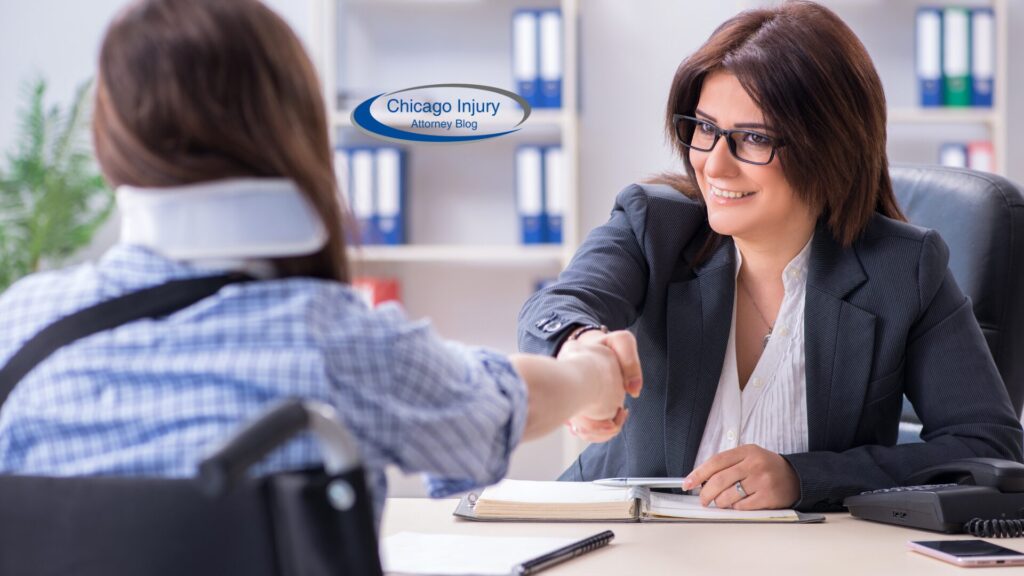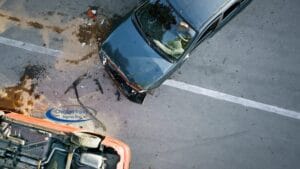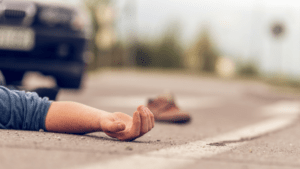In recent years, drones have become an integral tool in the world of personal injury claims.
They enhance evidence collection and improve accident scene reconstruction, making their impact on personal injury cases significant.
This article will discuss the benefits of using drones in personal injury investigations, their role in revolutionizing accident scene reconstruction, and how drone surveillance gathers crucial evidence.
If you are a personal injury victim in Chicago, Illinois, this article is a must-read for you.
The Impact of Drones on Personal Injury Claims
Drones have revolutionized the landscape of personal injury claims by providing crucial evidence, enhancing risk assessment, and combating insurance fraud. The use of drones in accident investigations has raised significant legal and privacy concerns, leading to evolving regulations overseen by entities like the FAA and FBI.
One of the key impacts of drones in personal injury claims is their ability to capture detailed aerial footage of accident scenes, allowing for a more accurate reconstruction and analysis. This not only aids in determining liability but also assists in assessing the extent of injuries sustained. By streamlining the investigation process, drones play a vital role in resolving claims efficiently.
The use of drones helps in combatting insurance fraud by providing objective and irrefutable evidence of the circumstances surrounding an incident. This proves instrumental in verifying the authenticity of claims and preventing potential fraudulent activities.
The integration of drones in personal injury claims comes with legal and privacy challenges. The legal framework surrounding drone operations, including liability issues and adherence to privacy regulations, is still evolving. Organizations and policymakers are continuously working towards establishing comprehensive guidelines to address these complexities.
Entities like insurance companies, legal firms, and regulatory authorities are actively involved in utilizing drones for investigations regarding personal injury claims. They are navigating the intricate landscape of drone technology to harness its benefits while ensuring compliance with existing laws and regulations.
Benefits of Drone Technology in Personal Injury Cases
The benefits of drone technology in personal injury cases are vast, including improved imaging capabilities, enhanced efficiency in evidence collection, reduced costs, and advancements in safety protocols. Utilizing drones enables precise data analytics and enhances cyber security measures, transforming how cases are handled in legal settings.
One of the key advantages of employing drones in personal injury cases is the notable improvement in imaging quality. Drones have the ability to capture high-resolution images and videos from various angles, providing detailed visual data that can be crucial in determining fault or negligence. This advanced imaging technology offers a more comprehensive view of accident scenes, helping lawyers and investigators to build stronger cases based on concrete evidence.
Enhancing Evidence Collection with Drones
Drones have transformed evidence collection in personal injury cases by leveraging cutting-edge technology to gather crucial data efficiently and accurately. This technological advancement raises significant privacy concerns that need to be addressed, especially when investigations involve sensitive information.
In recent years, the use of drones in evidence collection has become increasingly prevalent due to their ability to capture high-quality images and video footage from various angles. This has proven to be invaluable in reconstructing accident scenes and documenting injuries in personal injury cases. Entities such as the FBI have integrated drones into their investigative processes, enhancing their ability to collect evidence quickly and thoroughly.
Improving Accident Scene Reconstruction
Drones play a pivotal role in improving accident scene reconstruction by utilizing advanced technology and artificial intelligence algorithms to recreate precise scenarios. This innovative approach, exemplified in locations like West Palm Beach, has revolutionized how accident scenes are analyzed and reconstructed for legal investigations.
By incorporating high-resolution cameras and LiDAR technology, drones can capture detailed images and 3D models of accident scenes with exceptional accuracy. These aerial views provide investigators with a comprehensive understanding of the site, helping them piece together the sequence of events leading to the accident.
Littky-Rubin & Whitman, a renowned research firm in the field, has emphasized the significance of drones in improving the efficiency of accident scene analysis. They highlight how drones equipped with AI algorithms can process vast amounts of data quickly, resulting in more precise reconstructions.
Drone Surveillance in Personal Injury Investigations
Drone surveillance has become a critical component of personal injury investigations, employing advanced UAV technology to monitor and gather crucial evidence. The utilization of drones for surveillance raises concerns regarding invasion of privacy, necessitating clear guidelines and oversight from legal entities like the Michigan Supreme Court.
Drone technology has revolutionized the way evidence is collected in personal injury cases, allowing for enhanced aerial views and swift data gathering. In countries like India and Egypt, UAVs are increasingly utilized in surveillance operations, aiding in accident reconstruction and identifying liable parties. Despite its advantages, the ethical implications of drone surveillance cannot be overlooked, especially in terms of privacy infringement and data protection.
The Michigan Supreme Court has played a pivotal role in addressing these concerns, setting precedents and guidelines for drone usage in investigative procedures to maintain a balance between gathering essential evidence and safeguarding individual rights. By establishing clear legal frameworks, the court aims to ensure that the benefits of drone surveillance in personal injury investigations can be harnessed responsibly and ethically.
Frequently Asked Questions
What is causing the growing trend of personal injury claims from drones?
The increase in popularity of consumer and commercial drones has led to a rise in personal injury claims. As more people are using drones for recreational and professional purposes, the chances of accidents and injuries have also increased.
What are some common types of personal injury claims from drones?
The most common types of personal injury claims from drones include physical injuries, property damage, and invasion of privacy. Physical injuries can range from minor cuts and bruises to more serious injuries like concussions or broken bones.
Who can be held liable for personal injury claims from drones?
The liability for a drone-related injury can fall on various parties, such as the operator, manufacturer, or owner of the drone. In some cases, multiple parties may share the responsibility for the accident.
What steps should I take if I have been injured by a drone?
If you have been injured by a drone, it is important to seek medical attention immediately. You should also document the incident, gather information from witnesses, and contact a personal injury lawyer who has experience with drone-related cases.
Can I file a personal injury claim for emotional distress caused by a drone?
Yes, in some cases, emotional distress can be included in a personal injury claim from a drone accident. This can include anxiety, fear, or other psychological effects resulting from the incident.
Is it necessary to have a lawyer for a personal injury claim from a drone?
While it is not legally required to have a lawyer for a personal injury claim from a drone, it is highly recommended. A lawyer can help you navigate the legal process, gather evidence, and negotiate a fair settlement on your behalf.





